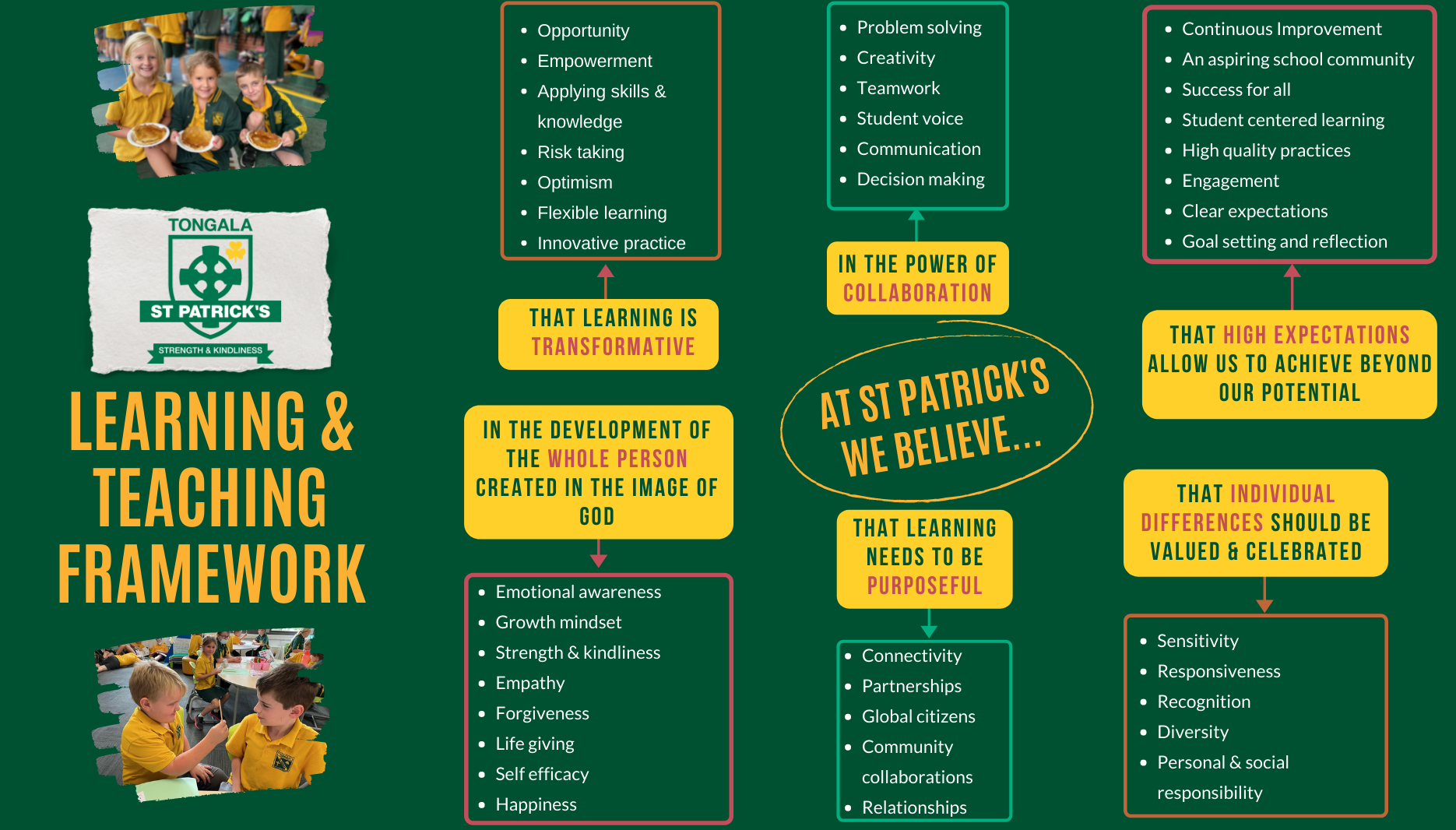Learning & Teaching
Leader: Stephanie Hayes

Learning & Teaching
Leader: Stephanie Hayes
Next term this will be a focus for St Patrick’s Primary School as we roll out our new decodable readers. Therefore we thought it might be a good time to introduce, or re-introduce families to this idea of ‘reading fluency’.
Fluency is a biproduct of a number of other components of reading being strong. It is not something that we teach for its own sake. In order for fluency to be strong, students must have:
- Highly accurate word level reading
- Prosody (appropriate phrasing and expression)
- Appropriate speed
Speed is an often-overused measure of fluency. While we want to monitor that a student's rate of reading is at a level that facilitates comprehension, we do not want to fall into the trap of encouraging children to 'read fast'. Instead, build accuracy (through phonics and morphology instruction), prosody through reading to children and explicitly leading them in practising phrasing and expression. Once these elements are working well, speed/rate usually follows naturally.
- Beginning readers are learning the alphabetic code and a small range of irregular high frequency words = decodable texts that match the code they have learned.
- Intermediate readers have strong knowledge of the alphabetic principle AND can approach unknown words without guessing, Instead, they use their phonics and language knowledge to problem solve words they are not familiar with = mostly decodable text. High degree of decodability for the student with some unknown words or graphemes.
- Proficient readers know the full alphabetic code and have reached the milestone of reading at approximately 90 words per minute with minimal errors = rich text that is not controlled for phonics. These include the background knowledge texts for text based units, poetry, excerpts from a non fiction book, passages from the internet or fiction passages from a novel you are reading.



